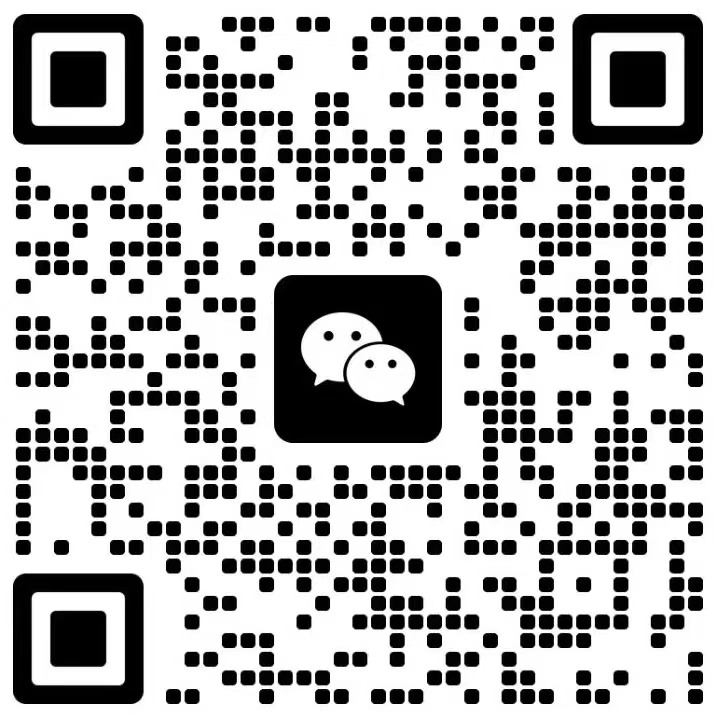Common SCR application circuit
add time:
2022-09-30 15:24
Thyristor application circuit – power control circuit
Thyristors can control the power transmitted to the load. It is usually necessary to change the power supplied to the load according to the load requirements (such as motor speed control and dimmer). In this case, it is not a reliable method to change the power with the traditional adjustable potentiometer because of the high power consumption. In order to reduce this power consumption in high-power circuits, thyristor is the best choice for power control devices.
1. Thyristor AC power control circuit – half wave phase control bit control is the most common form of thyristor AC power control, and the basic AC phase control circuit can be constructed as shown in the figure below. Here, the thyristor grid voltage is obtained from the RC charging circuit through the trigger diode D1. During the positive half cycle of thyristor forward bias, capacitor C is charged with AC power supply voltage through resistor R1. Only when the voltage at point A rises enough to make trigger diode D1 turn on and the capacitor discharges to the gate of the thyristor, the gate will be activated, thus making it "turn on". The duration of the positive half cycle from the start of the conduction is controlled by the RC time constant set by the variable resistor R1.
Increasing the value of R1 in the AC phase power control circuit will delay the trigger voltage and current supplied to the thyristor grid, which in turn will cause the device conduction time delay. Therefore, the fraction of the half cycle of the device conduction can be controlled between 0 and 180 o, which means that the average power consumed by the lamp can be adjusted. However, the thyristor is a unidirectional device, so it can only provide 50% power at most in each positive half cycle. There are many ways to achieve 100% full wave AC control using "thyristors". One method is to include a single thyristor in the diode bridge rectifier circuit to convert alternating current into one-way current passing through the thyristor, while the more common method is to use two thyristors in reverse parallel. A more practical method is to use a single bidirectional thyristor, because the device can be triggered in both directions, so it is suitable for AC switch applications.
Thyristor application circuit – half wave rectification
The following circuit shows a single-phase half wave rectifier circuit using a thyristor. The diode connected in series with the variable resistor is connected to the gate responsible for triggering the thyristor.
Thyristor application circuit – half wave rectification During the negative half cycle of the AC input signal, the thyristor is reverse biased. Therefore, no current flows through the load. During the negative half cycle of the input, the thyristor is positively biased. If the resistance is changed so that the minimum trigger current is applied to the grid, the thyristor will open. So the current begins to flow to the load. If the grid current is high, the power supply voltage will be low when the thyristor is turned on. The angle at which the thyristor starts to conduct is called the trigger angle. For this rectifier circuit, the trigger angle can only change in a positive half cycle.
Therefore, by changing the trigger angle or the gate current (by changing the resistance in the circuit), the thyristor can be made to conduct part or all of the positive half cycle, thus changing the average power of the feeding load.
Thyristor application circuit – full wave rectification
In a full wave rectifier, both positive and negative waves of the input power supply are rectified. Therefore, compared with the half wave rectifier, the average value of DC voltage is higher and the ripple content is less. The figure below shows the full wave rectification circuit composed of two thyristors connected to the central tap transformer
Thyristor application circuit – full wave rectification During the positive half cycle of the input, SCR 1 forward bias and SCR 2 reverse bias. By applying the appropriate gate signal, SCR1 turns on, so the load current begins to flow through it. In the negative half cycle of the input, SCR2 is offset in the forward direction and SCR1 is offset in the reverse direction. When the gate is triggered, SCR2 is turned on, so the load current flows through SCR2. Therefore, by changing the trigger current of SCR, the average power transmitted to the load will change.
Thyristor application circuit – full wave bridge rectifier
In addition to using a center tap transformer, you can also use four SCRs in a bridge configuration to obtain full wave rectification. During the positive half cycle of the input, SCR1 and SCR2 are in the on state. During the negative half cycle, SCR3 and SCR4 are in the on state. The conduction angle of each thyristor is adjusted by changing the respective grid current. Therefore, the output voltage at both ends of the load will change.
Thyristor application circuit – full wave bridge rectifier In addition to the above, thyristor can also be used in battery charger, AC heater control, simple rain alarm circuit, anti-theft alarm circuit, etc.
The article is compiled from the network. If there is infringement, please contact to delete it







